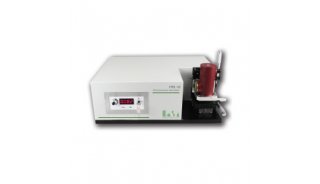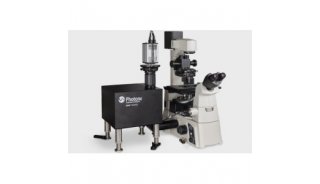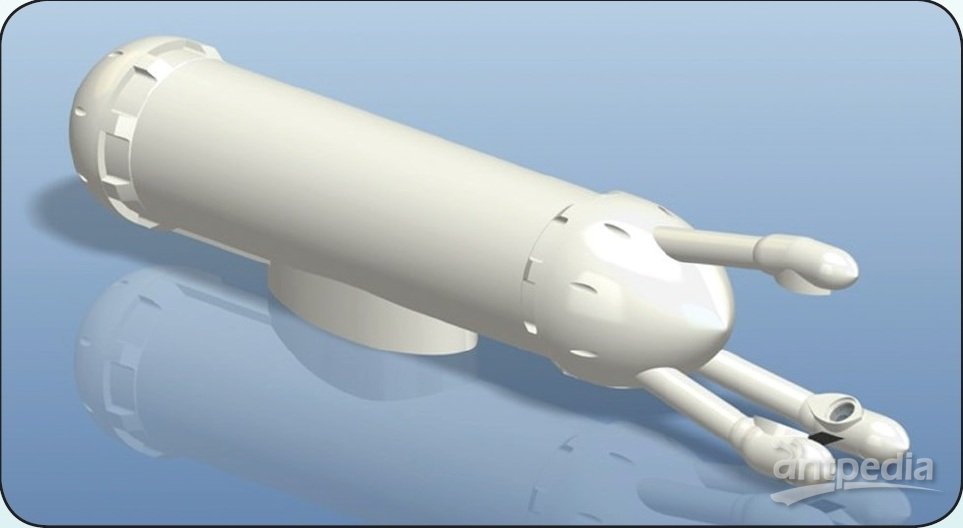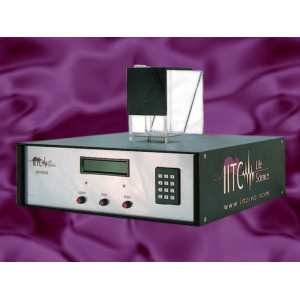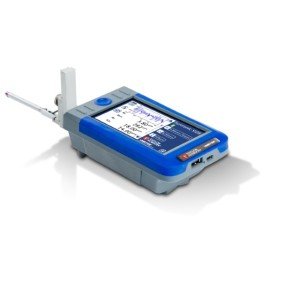Principles of Aseptic Technique——3
PREPARATION OF THE ANIMAL
The animals should be prepared in a n area separate from where surgery will be performed. Preparation is facilitated by first inducing anesthesia. The stomach, rectum and urinary bladder can then be evacuated as required at this stage. Hair is then removed from the surgical site using elect ric clippers equipped with a fine blade. A liberal area is clipped to anticipate any enlargement of the initial surgical incision and minimize wound contamination from adjacent unclipped areas. In rodents the need to minimize the loss of heat during surge ry and recovery must be balanced against the need to provide an adequate aseptic field when clipping the animal. Animal hair, particularly rabbit hair, tends to clog clipper blades. This can be minimized by frequent cleaning of the blades and regular lubr ication with a commercial aerosol product between use. A vacuum can be used to clean up after clipping. Depilatory creams may be applied to the surgical site, but they may cause contact dermatitis which may interfere with the healing process.
Init ial skin cleaning can be done prior to moving the animal to the operating area. When the animal is moved to the operating area, it should be positioned on a heating pad on the surgical table. To avoid burns heating pads should be wrapped to prevent direct contact with the animal. Inclined positioning with a tilt table is indicated for some procedures and some species. The surgical approach will dictate actual animal position; however, some guidelines to consider are:
a. The animal's respiratory fu nction should not be compromised by overextension of forelegs stretched towards the head, or by excessive body tilt which causes pressure from the abdominal organs on the diaphragm.
b. Limbs should not be extended beyond their normal range of moti on and restraint straps should be padded as needed to prevent impaired venous return in extremities.
c. After the animal has been secured, any monitoring devices such as ECG electrodes and esophageal stethoscopes should be placed and their functio n tested.
d. Ruminants are frequently positioned on a slight incline with the head dependent, to minimize the potential for aspiration of rumen fluids. After intubation with a cuffed endotracheal tube, a large bore stomach tube is also frequently placed down the esophagus to remove rumen fluids and gas.
The animal is now ready for final preparation of the surgical site. Personnel who perform the presurgical skin preparation should wear a cap and mask when preparing the surgical scrub suppl ies and when opening pre-sterilized sponge and drape packs. Skin preparation solutions may be applied with a sterile sponge held by a pair of sterile forceps or by a hand wearing a sterile glove. A sterile surgical glove is put on one hand, while the othe r hand is used to hold and manipulate non-sterile bottles of surgical scrub solution. A sterile sponge held in the gloved hand is saturated with surgical scrub solution and the surgical area is scrubbed beginning with the central incision site and working progressively in a circular fashion to the margins of the shaved area (see Figure 1). The sponge is then discarded and the process repeated, working from the center to the outside to minimize contamination of the surgical site.
Some of the most frequently used chemical solutions for preoperative surgical skin preparation are: chlorhexidine, iodophors and povidone-iodine surgical scrubs. Recommended contact times vary from 2 to 4 minutes.
Following removal of the s crub solution with a 70 percent alcohol solution using the same technique, an iodine skin solution is painted on the site using the above technique and left to dry.
Drapes serve to isolate the surgical site and minimize wound contamination. Drapes should be positioned without the fabric dragging across a non-sterile surface. There are two basic types of drape systems used: fenestrated and four corner.
Fenestrated drapes have a hole in them which is placed over the surgical site. Frequently used for smaller species, these drapes are utilized for routine elective procedures. The fenestration should be just slightly larger than the intended incision.
The second alternative is the four corner drape system in which a drape is placed at each of the four margins of the surgical site. Four corner drapes are applied one by one in a clockwise or counterclockwise direction. Each drape should be carefully positioned with a 6 to 8 inch edge folded underneath at the incision site (see Figure 2 A to D). Small adjustments in position can then be made without contaminating the underside of the drape. Drapes can be secured in place with towel clamps at the four corners or aerosol adhesive applied to the margins of the surgic al site prior to draping.
Some surgeons prefer to secure four corner drapes, then apply a fenestrated drape as a second layer of protection (see Figure 2, E and F). Ideally, the patient and entire surgical table should be draped, and the drape extended to the instrument table. The need to monitor the draped patient should always be considered. The surgeon who has to work alone often has to assess eye and jaw reflexes, mucous membrane or tongue color; therefore the head sho uld not be entirely covered by drape material.
Self-adhesive backed paper drapes and clear plastic drape material with one adhesive surface are also commercially available.
PREPARATION OF A SURGICAL PACK
A well-organized an d consistent surgical pack preparation system can avoid errors and facilitate surgery. Instruments can be cleaned by hand or with an ultrasonic cleaning unit. After cleaning, each instrument should be inspected to ensure that all debris has been removed. After physical cleaning, instruments can be dipped in a commercial protective lubricant solution and allowed to drain dry. Items should be assembled on a tray and arranged in a consistent order. Materials should be placed in sequential order so that items used first are placed on top (see Figure 3). Packs should not be too densely packed in the autoclave to allow for adequate steam or gas penetration. Indicator test strips can be placed deep within the pack. Packs should be double wrapped, and the outer wrap should be secured with adhesive indicator tape on which is recorded the date of sterilization. When applicable, the type or contents of pack (e.g., laparotomy, thorocotomy) can also be noted on the tape.
Note the follo wing points when opening a sterilized surgical pack. The sterilization date should be checked; the shelf life of wrapped instruments is generally considered to be up to 6 months. The adhesive indicator tape should be noted for the appropriate color change and the pack description should be checked, when applicable. Packs should be placed on a dry instrument tray and the outer wrapping carefully unfolded by touching only the corners of the outside drape surface. The operator should avoid reaching over thep ack. The packs should not be opened too early. The surgeon working without assistance should open the pack immediately before scrubbing. Any other sterilized supplies which can be opened onto a sterile field should be made ready at this time.









